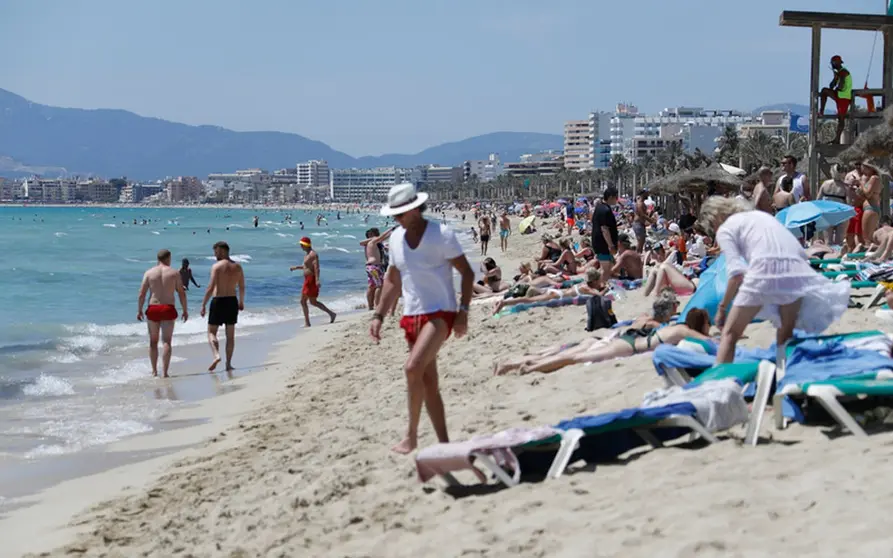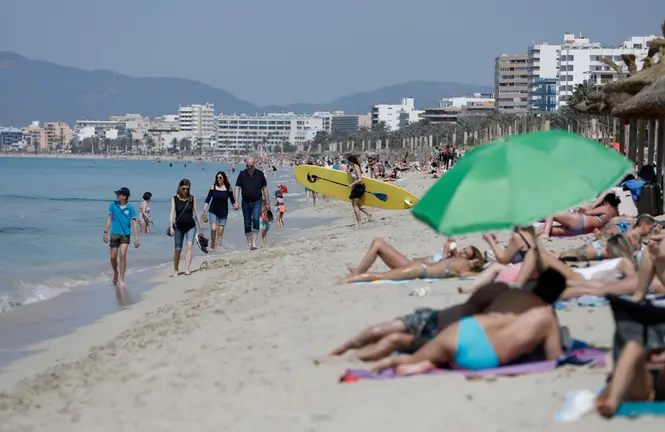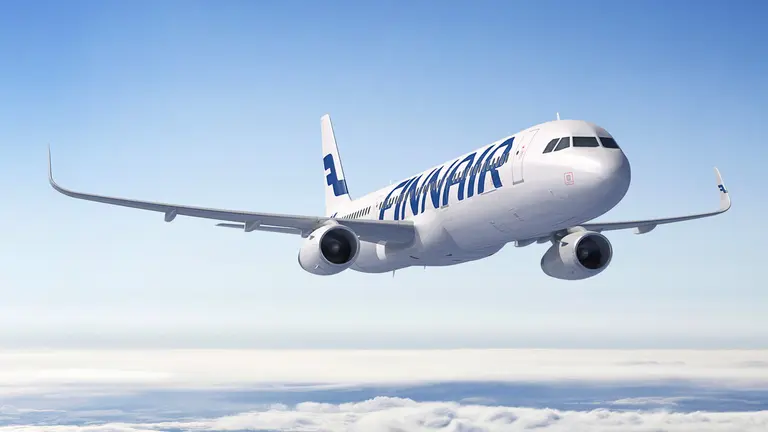Despite high inflation and the uncertainty stemming from the war, the Spanish tourism sector has regained its footing.
According to figures released by the National Statistics Institute (INE), in April Spain recovered 85.4% of the international tourists who arrived in the same month of 2019, which was the last good year for travel before the outbreak of the Covid-19 pandemic.
In April 2022, the country received 6.1 million tourists, who spent 6.9 billion euros on their trips. These figures are more and more close to those of three years ago.
"Easter has consolidated the rapid and intense reactivation of the tourism sector, exceeding our own expectations. We are also receiving tourists who stay longer in our country and, as a consequence, spend more on their trips," said the Minister for Industry, Trade and Tourism, Reyes Maroto.
The 6,102,142 tourists who visited Spain in April stayed in the country for an average of 7.3 days, almost a day longer than three years ago, when the average stay was 6.4 days. Consequently, the average expenditure per tourist increased by 15% year-on-year, from 987 euros to 1,131 euros.
Two out of every ten international tourists who travelled to Spain in April came from the United Kingdom, a market that shows a recovery of 85% compared to April 2019, reaching 1,246,136 arrivals. It is followed by Germany with 989,807 tourists (and a recovery rate of 92%) and France with 826,193 tourists (and a recovery rate of 81%).
Markets like Ireland, the Netherlands and Switzerland are already sending out more tourists than prior to the pandemic.
The main destinations
Three autonomous communities each received more than one million international tourists: Catalonia (1,157,526), the Canary Islands (1,110,097) and the Balearic Islands (1,070,195). These regions were followed by Andalusia (907,596 tourists), Valencia (783,987) and Madrid (545,975).
The British chose the Canary Islands, Valencia, Andalusia and the Balearic Islands as their preferred destinations, while the Germans opted above all for the Balearic Islands and the Canary Islands, the French for Catalonia and Valencia, and the Latin American markets for Madrid.
Of the total expenditure of these tourists, 59.1% corresponds to travelers who stayed overnight in hotel accommodation, while the main item of expenditure was activities (21.3% of the total), followed by international transport not included in tourist packages (19.9%) and meals (17.5%).











